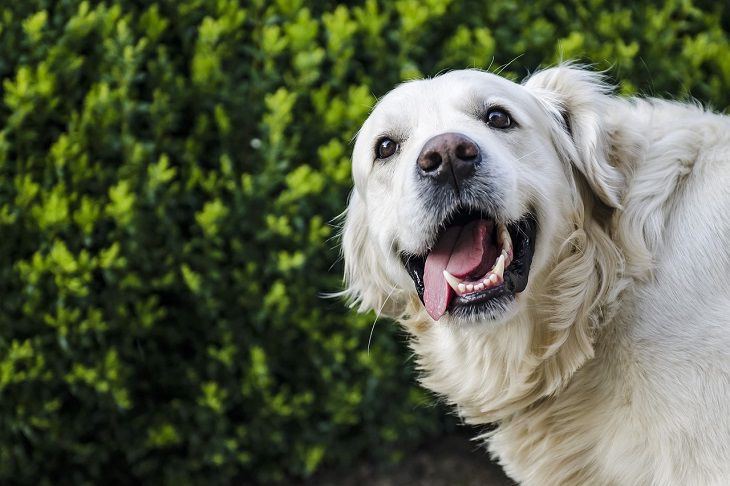Most dogs tend to shed a lot - it's especially noticeable when you have a fluffy, long-hair breed.
Meanwhile, sometimes shedding seems too much, and you begin to worry about your pet's health.
Here are some reasons why your dog sheds a lot, and not all of them are too bad.
Seasonal Changes
Dogs often have a winter coat and a summer coat.
As the seasons shift, some breeds go through a shedding process to adapt to temperature variations.

Stress or Anxiety
Dogs, much like humans, can shed more when they're stressed.
Changes in routine, new environments, or even emotional disturbances can contribute to increased shedding.
Dietary Issues
The quality of a dog's diet directly affects its coat health.
Inadequate nutrition or a lack of essential fatty acids can lead to dry, flaky skin and increased shedding.
Health Problems
Underlying health issues such as allergies, fungal infections, or hormonal imbalances can manifest in excessive shedding.
Identifying and treating the root cause can help manage shedding.
Lack of Grooming
Regular grooming is crucial to remove loose fur.
If a dog isn't groomed consistently, the shedding fur accumulates, making it seem like the dog is shedding more than it actually is.
Changes in Environment
Moving to a new home, exposure to new people or animals, or significant changes in the environment can stress a dog.
Stress-related shedding, known as telogen effluvium, can occur in response to such changes.
Hormonal Changes
Hormonal fluctuations, especially during puberty, pregnancy, or as a result of medical conditions, can impact a dog's coat.
Spaying or neutering may also influence the coat quality.
Genetics
Certain breeds are predisposed to shedding more due to their genetic makeup.
Breeds like Labrador Retrievers or German Shepherds are known for their shedding tendencies.








